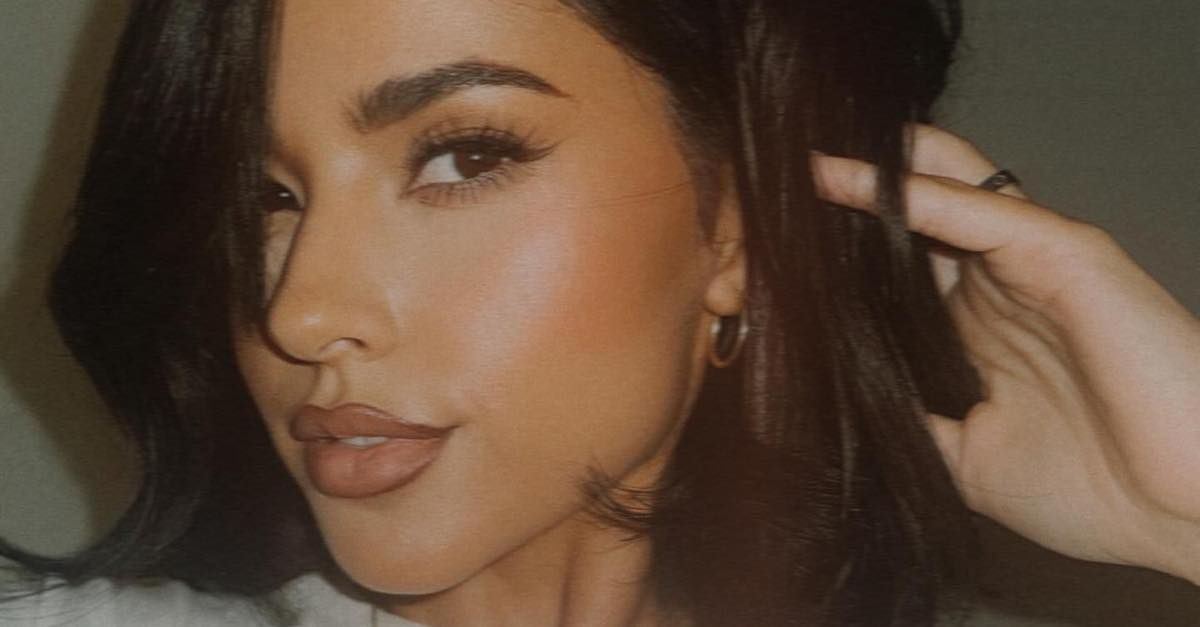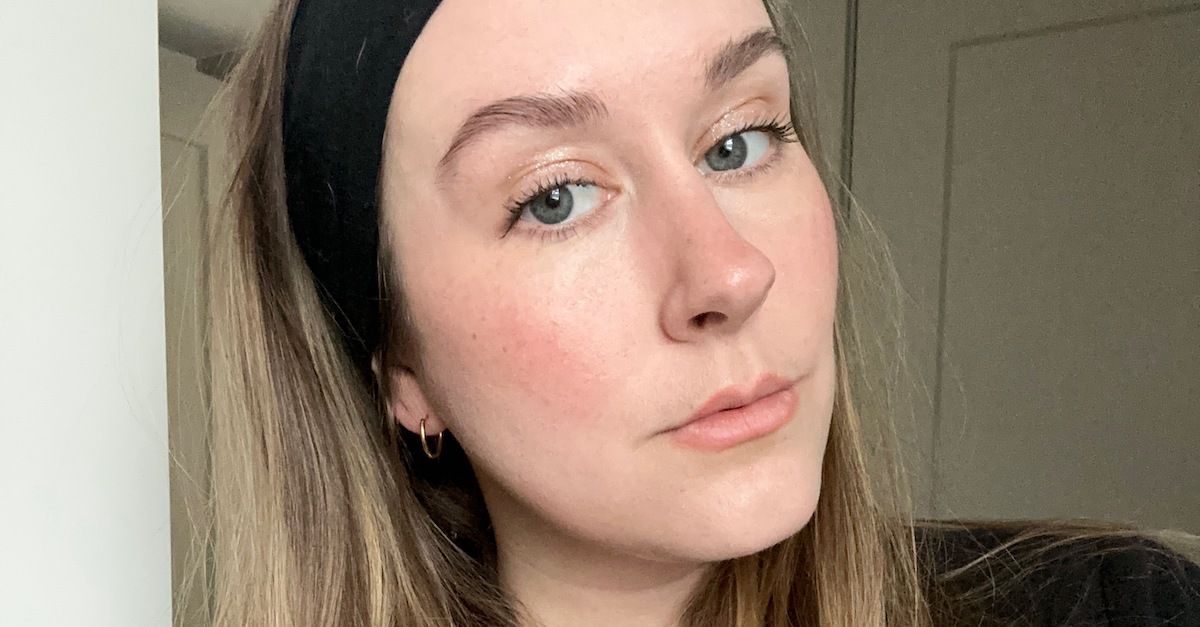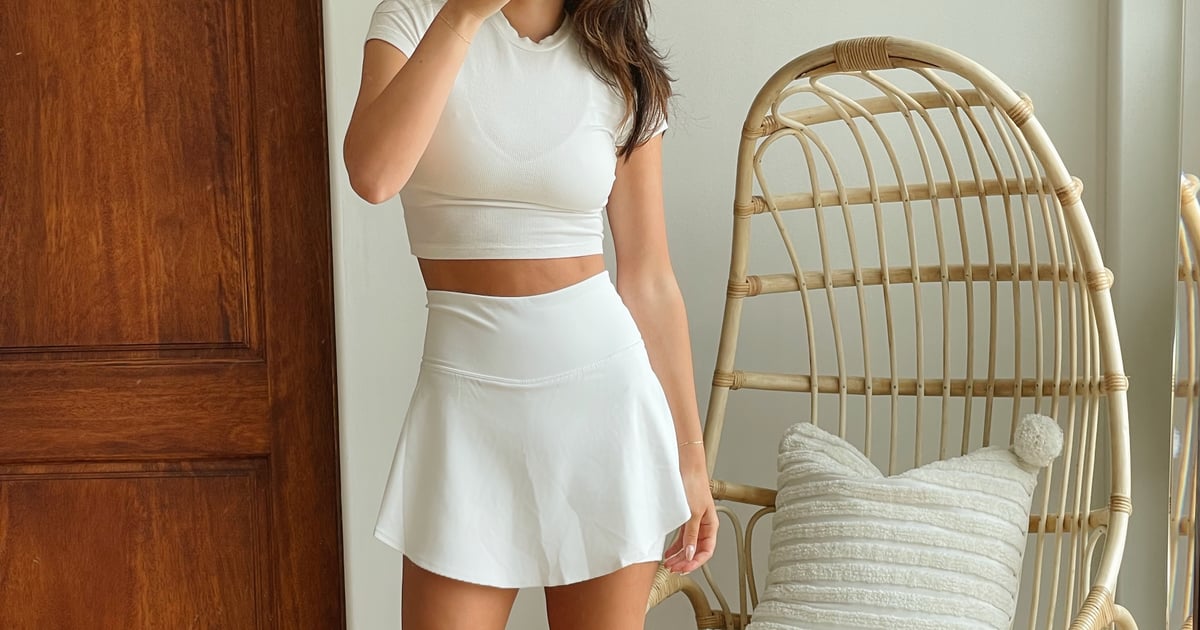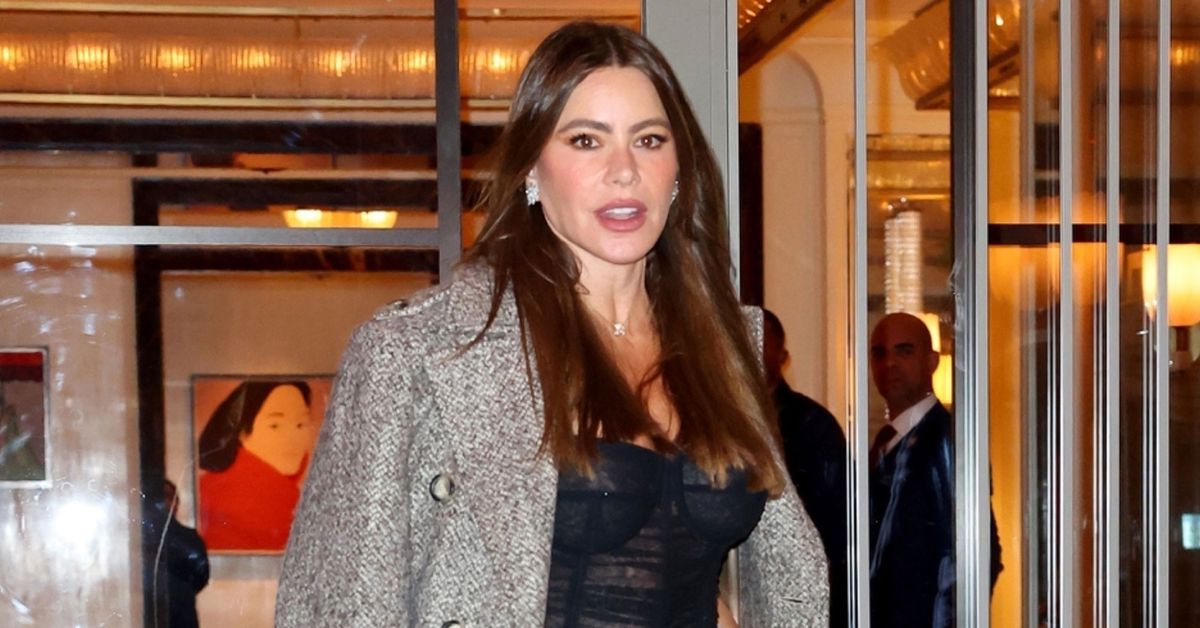After firmly establishing themselves as filmmakers to watch with the expected success of Saw in 2004, director James Wan and writer Leigh Whannell reunited for Dead Silence. It would be the first of two Wan films to underperform in 2007, followed by Death Sentence. While he would go on to prove himself as a true master of horror, even a “lesser” Wan effort has plenty of merit.
Hints of his future brilliance are all over Dead Silence, with a rich, neo-gothic atmosphere, well-executed horror set pieces, inventive visual storytelling, and a bonkers twist. In many ways, Dead Silence feels like a transitional point between Saw‘s grit and the expertly crafted scares of Insidious and The Conjuring, although its overall tone is perhaps closest to Malignant.
With viewers feverishly embracing Wan’s latest effort, Dead Silence is ripe for reappraisal — and there’s no better way to do so than via Scream Factory’s new 4K Ultra HD + Blu-ray edition. The theatrical cut has been newly mastered in 4K with Dolby Vision and DTS-HD Master Audio 2.0 and 5.1 sound. The unrated version — running three minutes longer and featuring more tongue effects — is also included (albeit not remastered).
Wan and Whannell haven’t spoken much about Dead Silence since its release, reportedly having had a negative experience making it due to studio interference, so I was pleased to find that they both sat down for new interviews as part of the special features.
Here are six things I learned…
1. Wan’s fascination with creepy dolls stems from Poltergeist.

‘Poltergeist’
Between Saw, Dead Silence, The Conjuring, and M3GAN, James Wan’s preoccupation with creepy dolls is well documented. The filmmaker theorizes that his interest stems from an early viewing of Tobe Hooper’s 1982 classic.
“I would say that my fascination with creepy dolls and puppets and such probably stemmed from me watching Poltergeist at too young an age. I think I was perhaps 6 or 7 when I saw that film, and it scarred me for life. That clown doll that the kid had right by his bed when he tried to sleep, just staring at him… That really terrified me at a very young age.”
2. Wan and Whannell made a conscious effort to distance themselves from Saw.

‘Saw’
Knowing their sophomore effort had to be drastically different to avoid being pigeonholed, Wan and Whannell consciously steered away from the gore of Saw in favor of something more atmospheric.
“After Leigh and I finished Saw, we felt that it would be great to move into something that’s a bit more supernatural, and naturally the idea of a ghost story came to us,” Wan states. Of course, he wanted to incorporate his fascination with dolls.
“I wanted to basically do a modern Hammer horror film,” Wan notes. He also cites the classic Universal monster movies as an inspiration on the film’s heightened fairy tale quality, while Whannell mentions the influence of The Fall of the House of Usher and Sleepy Hollow.
3. Production was troubled from the start.

‘Dead Silence’
After Saw was completed but before it was widely released, Wan and Whannell’s agents encouraged them to have another project ready to go. While Whannell now recognizes the foibles, he was young and naïve at the time.
“It felt very rushed. It felt like a business chess move,” he explains. Unfortunately, this would mark the beginning of a troubled production. Originally titled Shhh, Universal bought the film based on a pitch. Unlike Saw, which was fueled by passion, Whannell was “just grasping at straws.”
4. An early version of the script was set in the vaudeville era.

‘Dead Silence’
While the final film features period flashbacks, an early iteration of the screenplay was set entirely in the vaudeville era. “I still think about that version of the movie,” Whannell confesses. He likens the alternate version to The Others.
It centers on a woman who serves as the assistant to her master ventriloquist husband, who had a stroke on stage and is now wheelchair bound. The vaudeville theater in which they perform is believed to be haunted, so priests are sent to investigate. They find it filled with hundreds of dummies, only to discover that the woman had killed her husband and had been puppeteering him.
He and Wan were advised that period movies don’t work so it would have to be set in the present day. “Along the way of the Frankenstein of the script, some of the period stuff got shoved in there, and there were these flashbacks. It ended up being this messy hodgepodge of different ideas to me.”
5. Billy was inspired by a classic dummy.

‘Dead Silence’
Wan wanted Dead Silence‘s standout doll, Billy, to be recognizable as a traditional ventriloquist puppet. While many have noted the similarities to Goosebumps‘ Slappy, both characters were actually inspired by the same source.
“Basically, the inspiration was Charlie McCarthy,” Wan says, referring to Edgar Bergen’s famed ventriloquist dummy partner. “With the classic slit jaw, bow tie, the plastic hair, the tuxedo suit. We knew we wanted him to feel classical.” A replica of the actual Charlie McCarthy doll makes a cameo in the film, alongside Billy from Saw.
6. Dead Silence found its audience… eventually.

‘Dead Silence’
Dead Silence seems to have a bigger fanbase now than it did upon its original release. Despite the arduous production and conflicted feelings about the final product, Wan is happy the film has found an audience.
“Looking back, as difficult as Dead Silence was to make, I’m just really happy that today it has become a cult classic. It has grown tremendously and built such a rabid audience. At the time of the release of this movie, I never thought this would happen,” he says, noting the poor box office and critical reception.
“It’s super exciting and really cool that people are discovering this movie that Leigh and I had a lot of passion [for] when we made the film. We gave it everything we had, and we’re very happy that it has a new lease on life,” Wan concludes with a smile.
Dead Silence is available now on 4K Ultra HD + Blu-ray via Scream Factory.


























































![Mason Ramsey – Twang [Official Music Video] Mason Ramsey – Twang [Official Music Video]](https://i.ytimg.com/vi/xwe8F_AhLY0/maxresdefault.jpg)


















:quality(70):extract_cover():upscale():fill(ffffff)/2024/06/03/888/n/1922564/dec31bcb665e2558c83744.55866305_.jpg)




